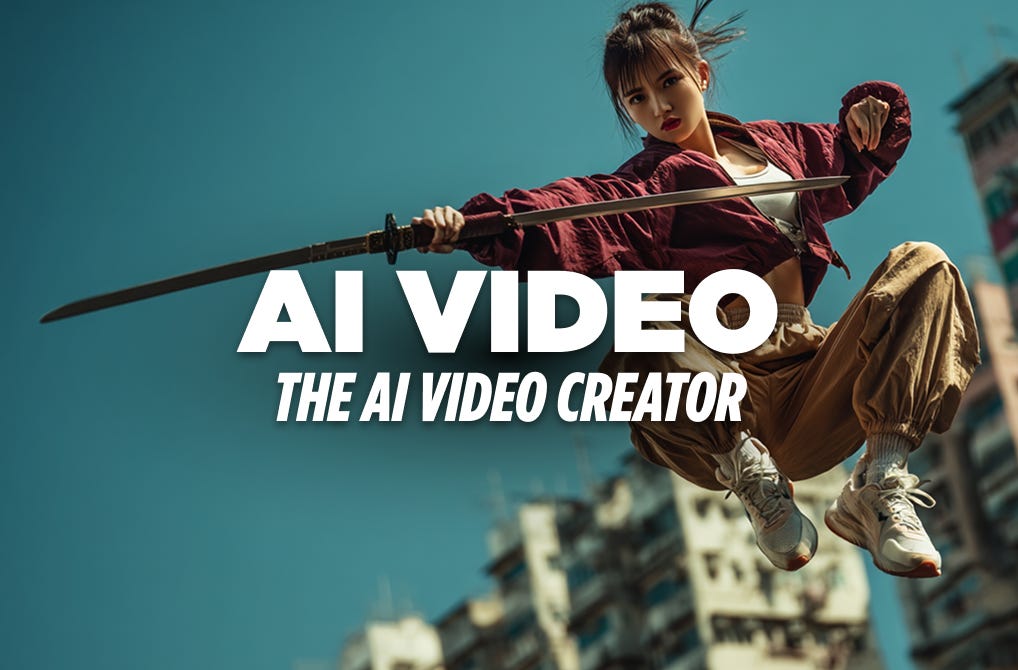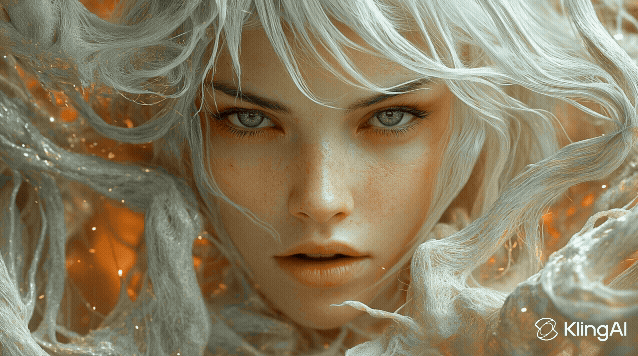Master Kling 2.1: 3 tricks for perfect First & Final Frame AI videos
Stop getting unpredictable results. Learn how to control character consistency and action in your AI-generated films with these simple techniques.
You’ve done it.
You’ve created the perfect starting image. You have a stunning, crystal-clear vision for the final frame. You write a detailed prompt, hit ‘generate,’ and… wait, what is my character doing? Why did they suddenly change outfits halfway through?
The gap between your first and final frame can feel like a chaotic, unpredictable mess. It's the biggest headache in AI filmmaking right now: getting the AI to actually create the scene you have in your head.
But what if you could control that chaos?
With Kling announcing the release of its ‘First & Final Frames’ feature for version 2.1, the workflow has improved. This feature is the cornerstone of intentional AI filmmaking, but only if you know how to wield it.
Let's make sure the AI understands you.
Here are three powerful tricks I use to tame the beast and get predictable, cinematic results, which we can now apply to Kling.
1. Stop your Character from morphing with Character Reference
The Pain Point: You generate a video of a character, and by the end, they look like a distant cousin of the person you started with.
The Solution: Character Reference is your single best tool for consistency. Don't think of it as optional; for narrative shots, it's your workhorse. By feeding the AI an image of your character, you anchor its identity, drastically reducing the chances of it morphing into someone else mid-shot.
For this example, I generated both my first and final frames in Midjourney, using the first image as a Character Reference for the second to ensure consistency. This gave me two solid anchor points for the video generation.
Video Prompt: Chinese woman stands on a graffiti-covered rooftop gripping her sword, then leaps into a dynamic mid-air martial arts pose with the blade thrust forward, her hair whipping freely as the camera follows her powerful motion from rooftop descent to airborne strike.
Be warned: AI Swords still bend a lot.
2. Anchor the action with a Guiding Object
The Pain Point: The scene is chaotic, the camera doesn't know what to focus on, and the motion feels random and weightless.
The Solution: Give the AI an anchor. By making a single, consistent object the hero of the shot, you simplify the task for the model. The AI can more easily track the object's path and build the scene around it.
Final Frame Prompt: white matte floating solid orb suspended mid-air, surrounded by a holy halo of light, mist and smoke, floating in the clouds, worn edges --chaos 10 --ar 16:9 --exp 10 --raw --sref 3000000009 --p --sw 300 --stylize 1000
Here, we'll use a single white orb as our "hero prop." I also used a Midjourney style reference code to maintain a consistent photographic and aesthetic style between the frames, which is another useful trick.
Video Prompt: Winged female angel in a celestial cloudscape gently kisses the glowing white orb, then hurls it skyward with divine grace. The orb arcs through fluffy clouds, colliding with a solitary halo mid-air in a burst of radiant light and trailing golden sparks, the camera remaining stationary as cosmic energy ripples through the atmosphere.
This is the result.
There is a kiss missing there, but otherwise, all good.
3. Command the scene with Power Verbs
The Pain Point: Your video lacks direction. The transition between frames is lazy, and sometimes, you don’t even use a prompt.
The Solution: Be the director. If you don't have a recurring character or object, your words have to do all the heavy lifting. Use strong, unambiguous "power verbs" to command the action. Don't be shy, if the action is critical, repeat the verb or use synonyms to hammer the point home. Describe all possible changes, not just generalize.
Instead of "the city changes," try "Erupts into a futuristic metropolis." Instead of "the car goes fast," try "The car screeches around the corner, barreling down the street."
Video Prompt: The woman's face transitions from serene to monstrous, her white hair unraveling wildly as her skin dissolves into molten textures, the warm orange glow darkening into chaotic shadows with glowing accents, the camera stationary capturing her veil disintegrating amidst rising tension.
And here is the result.
Oh, really liked this one.
These aren't just tips; they are strategies to take back control from the AI and become the true director of your vision. So go fire up Kling 2.1, grab your best frames, and start creating with intent.
Let me know what you make!









